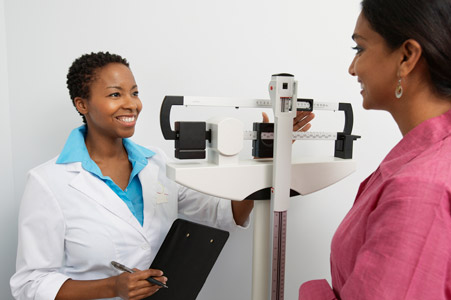


GLP-1 Medications: What to Expect in the First Month
As with any big change in life, starting on a new health journey can be nerve-wracking. The class of medications called GLP-1 agonists has received a ton of media attention and rumor-mongering. This can mean patients often feel overwhelmed with the prospect of starting new treatments.
The first month or even the first few doses of GLP-1s may be uncharted territory for you, but there’s no reason to be fearful. To help ease your concerns, let’s examine what to expect from the first month of taking GLP-1 medications, the side effects you may encounter, and what to report back to your physician.
How to Administer Your GLP-1 Medication
Depending on your prescribed medication, you may have different schedules for when you administer your GLP-1. The various drugs that fall into the GLP-1 agonist class are typically administered by injection on a daily or weekly basis — though some medications have been developed to be taken orally. You should always consult with your physician about how exactly you will administer your GLP-1 and they most likely will demonstrate how to do so during your visit.
If you’re skittish about needles, you may want to consider having a trusted family member, health professional, and friend help you with your first injection. You’ll need to ensure that your vial, syringe, and skin are prepped and sanitized before being injected.
The injection of GLP-1s is a subcutaneous injection, meaning it needs to stay within the fatty tissue and not in muscle tissue. It’s also often recommended that you inject in a slightly different site with each injection to minimize bruising.
Once you’re done with the injection, be sure to properly dispose of the needle in a biohazard or sharps container — you can even use an empty laundry detergent container to save money — and safely dispose of any other medical waste.
Common Changes to Your Body and Side Effects
While GLP-1s are designed primarily to help manage the symptoms of diabetes, they have also been shown to be a good tool for weight loss. So, you may notice that you lose weight in this first month, but you also shouldn’t discount GLP-1s if you do not.
GLP-1 agonists slow down your digestive system, thus reducing hunger and making you feel fuller faster, however, that favorable mechanism comes with some gastrointestinal side effects. Patients most commonly experience:
- Nausea
- Vomiting
- Diarrhea
- Constipation
Often when beginning a GLP-1 treatment, your doctor may suggest lower doses initially so your body can adjust to the medication. This slow ramp-up of the doses can potentially help reduce side effects moving forward.
More serious side effects you should seek immediate medical attention for include:
- Severe vomiting and diarrhea
- Severe pain in your abdomen
- The inability to have bowel movements or pass gas
- Jaundiced, or yellow tinted, skin
How to Monitor Progress
To have the best experience possible with GLP-1 medications it’s important that you track what you eat, any side effects, and how you’re feeling so you can report back to your doctor. If you’re struggling to feel well on one type of GLP-1, your doctor may elect to have you try another or switch up your diets or other lifestyle habits.
In addition to health journaling, you should also record your weight and any relevant body measurements, and monitor your glucose levels throughout the day (in patients with diabetes) so your doctor can understand the medical impact GLP-1s have had on you.
Though GLP-1s have been sensationalized in the media, they have also helped countless patients live healthier, happier, more stable lives. Your first month on a GLP-1 will definitely be an adjustment period, but by taking the right steps beforehand to prepare yourself and understand which side effects to watch out for, it will likely be an incredibly positive time for you.
If you’re taking a GLP-1 and notice any of the adverse effects we’ve discussed above happening to you, be sure to contact a medical professional immediately.


.jpg)
.jpg)
.jpg)


















.jpg)





















.jpg)








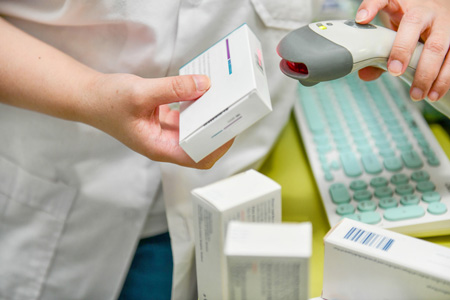





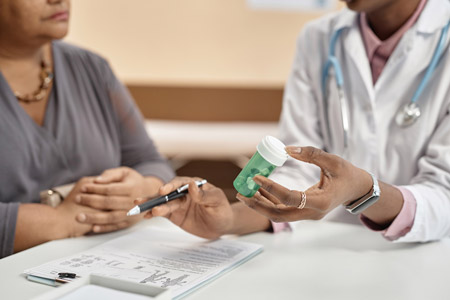


.jpg)




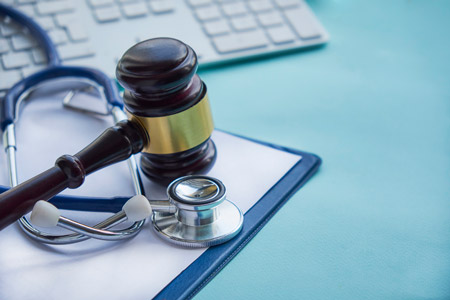
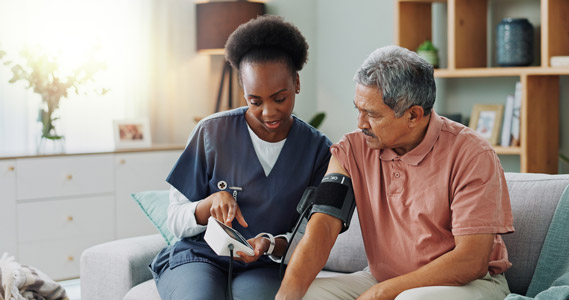












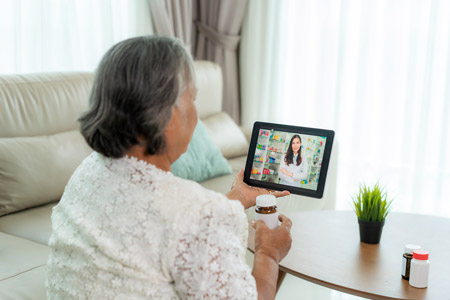







.jpg)
.jpg)
.jpg)


